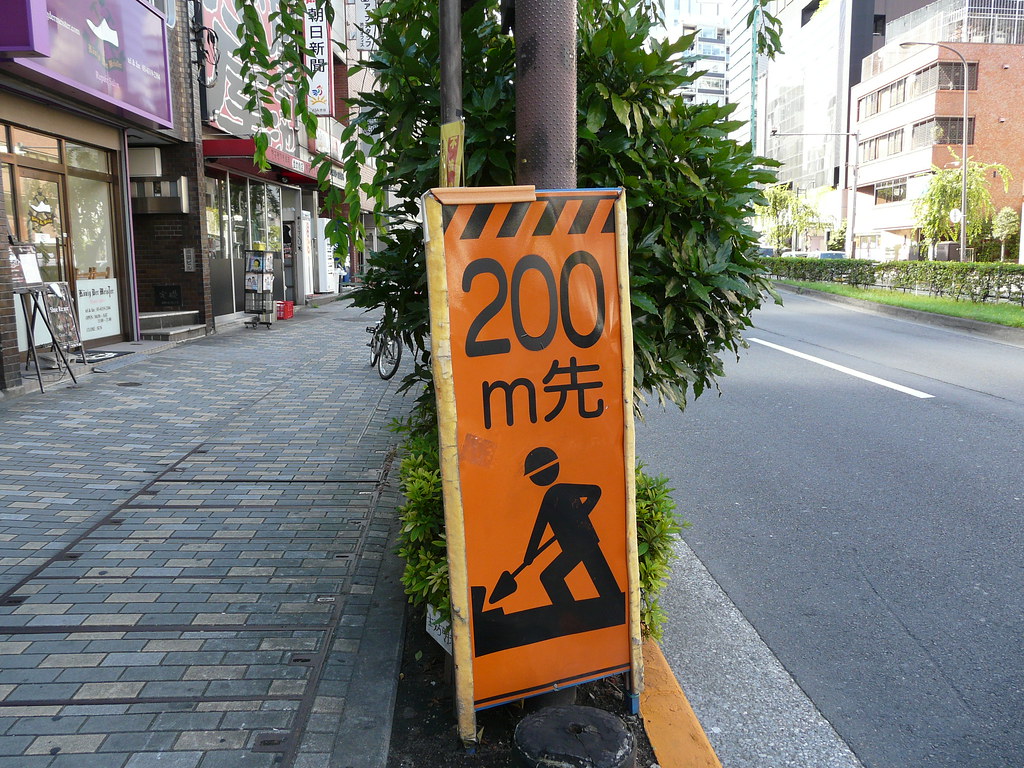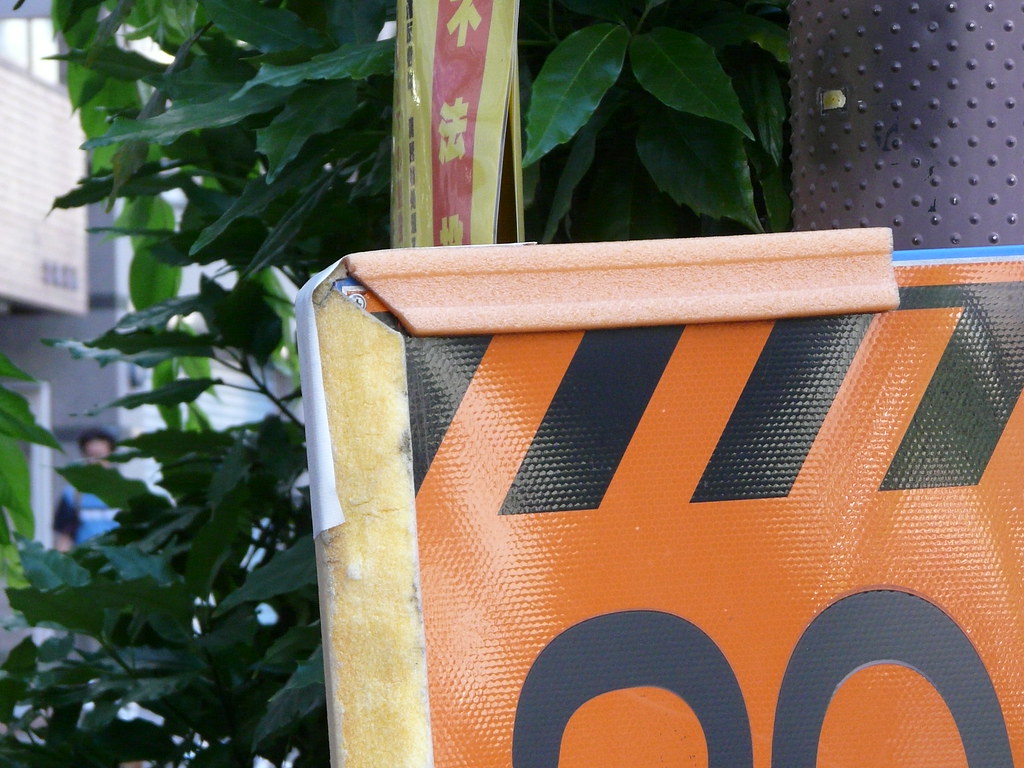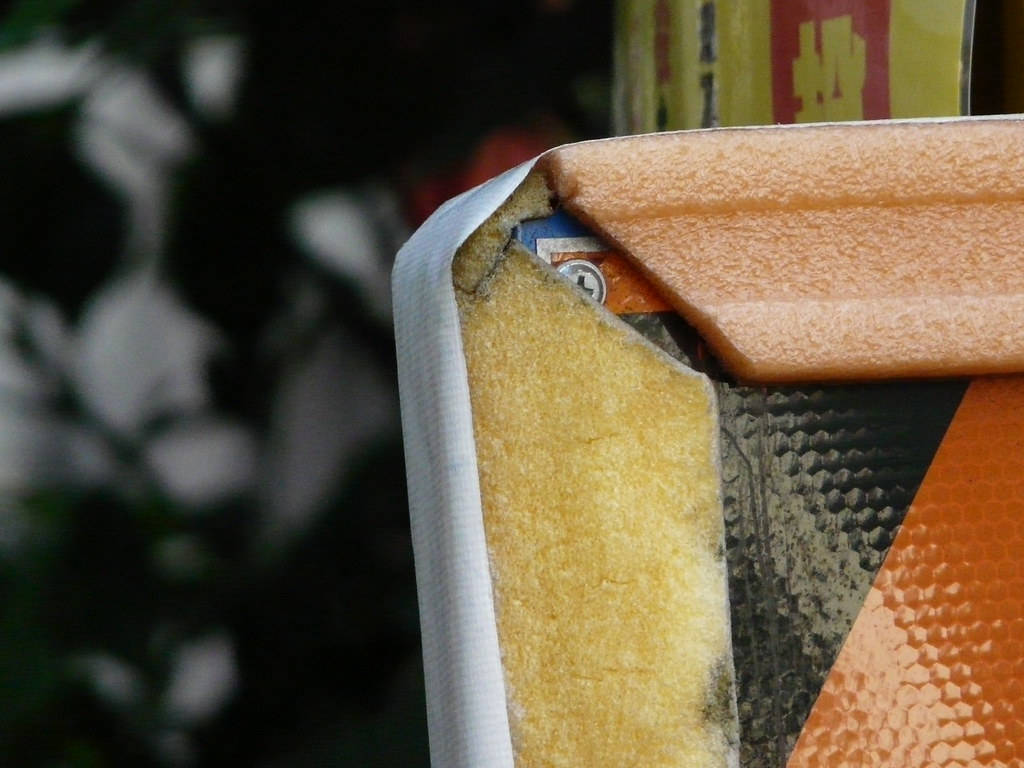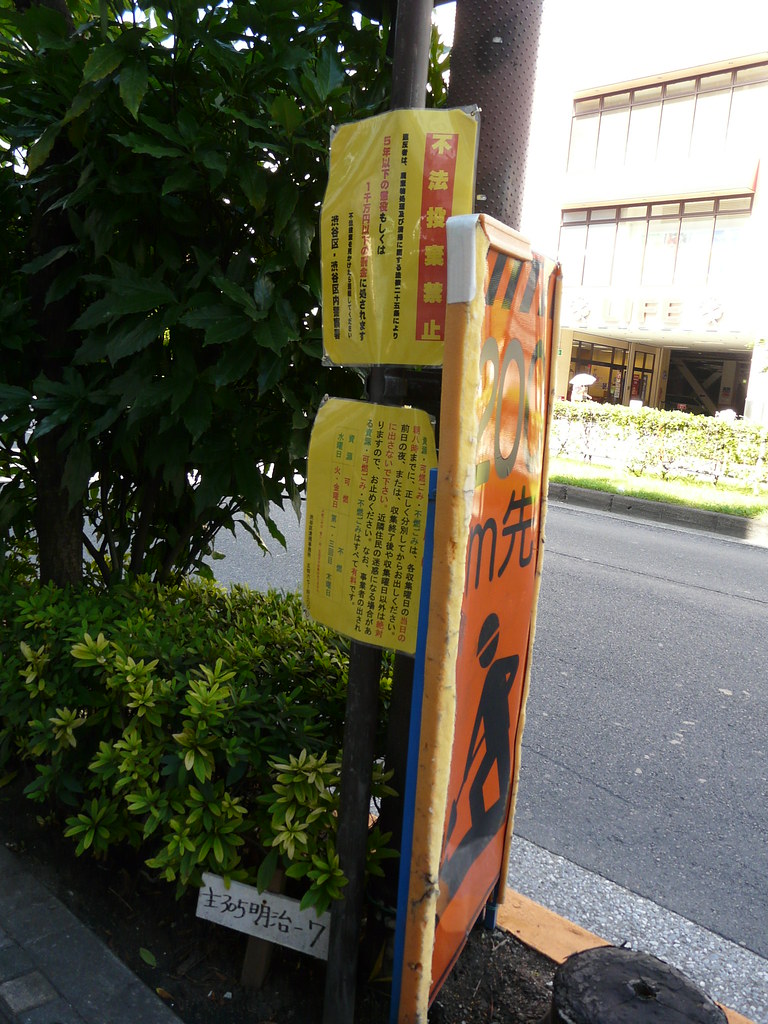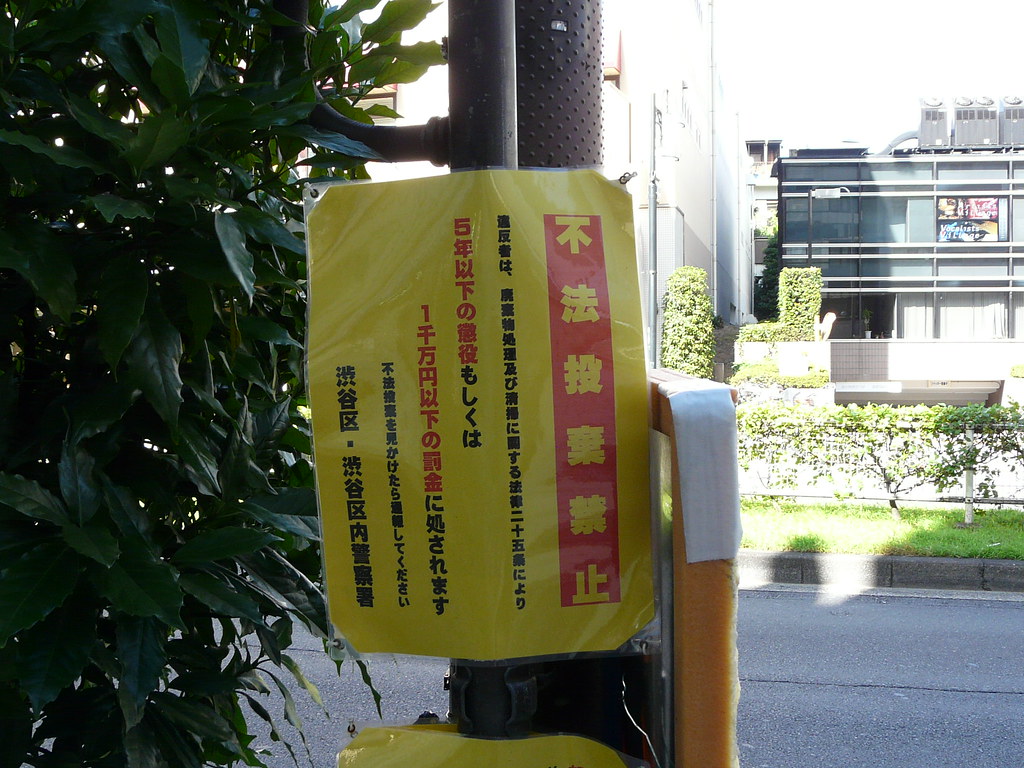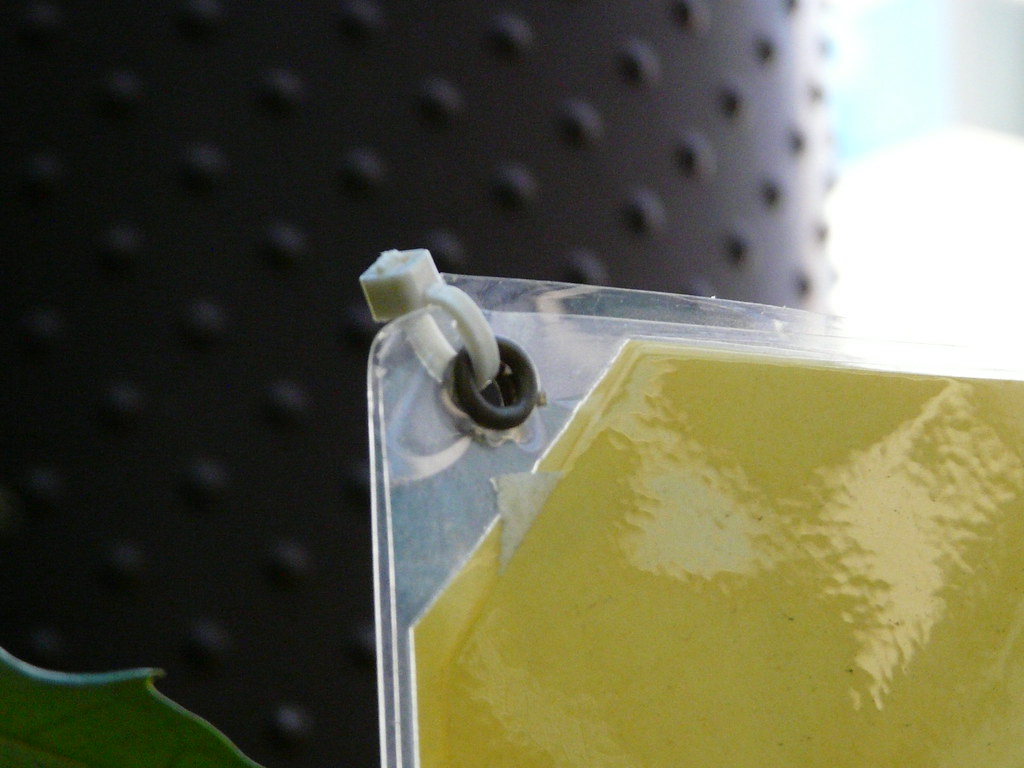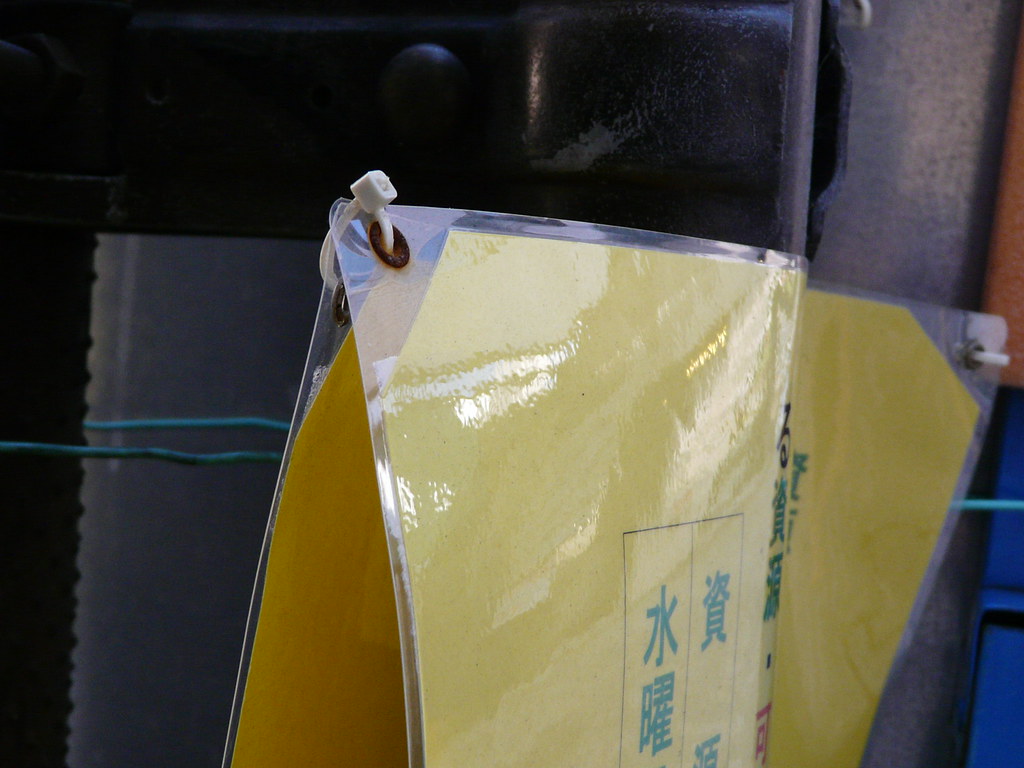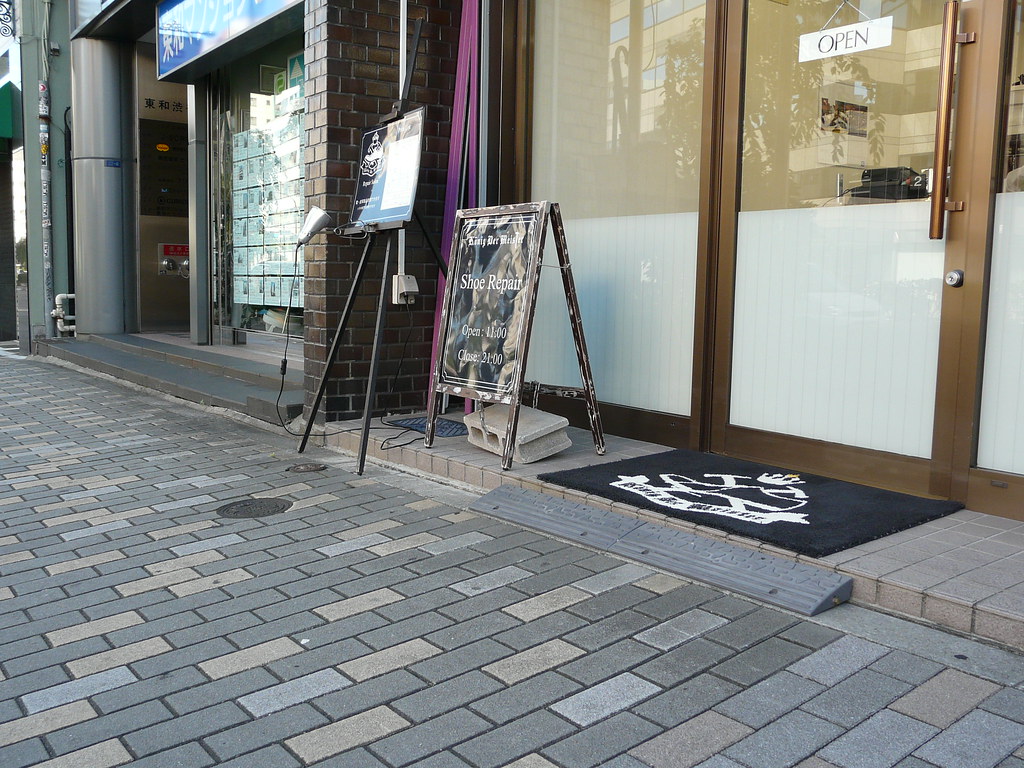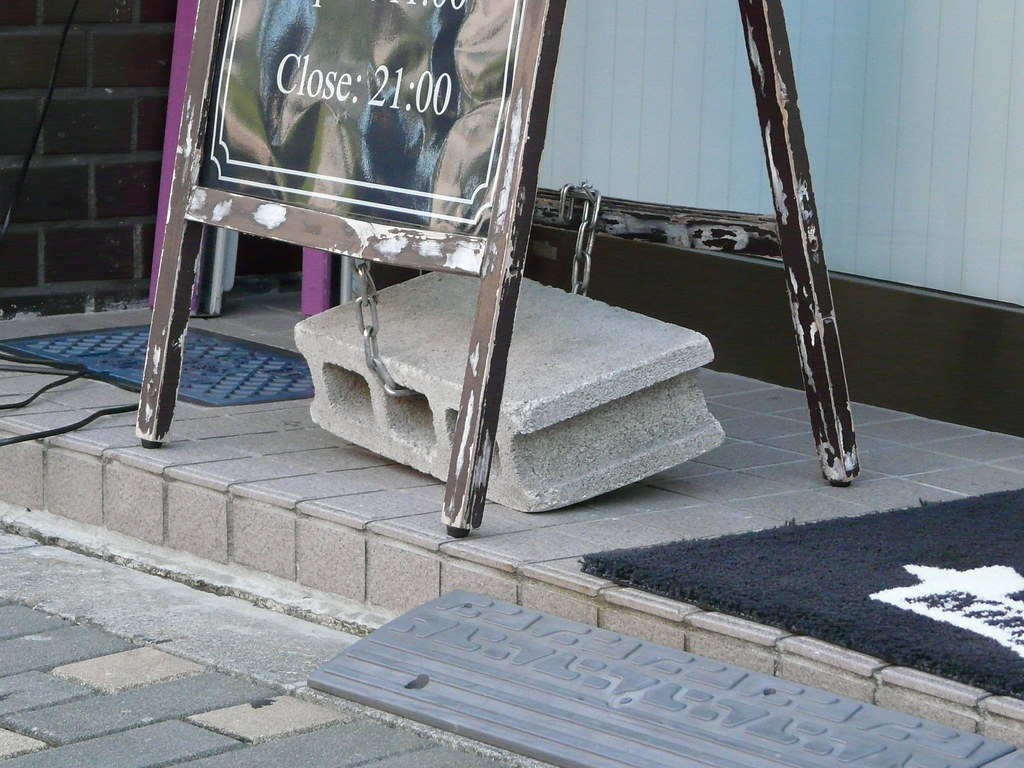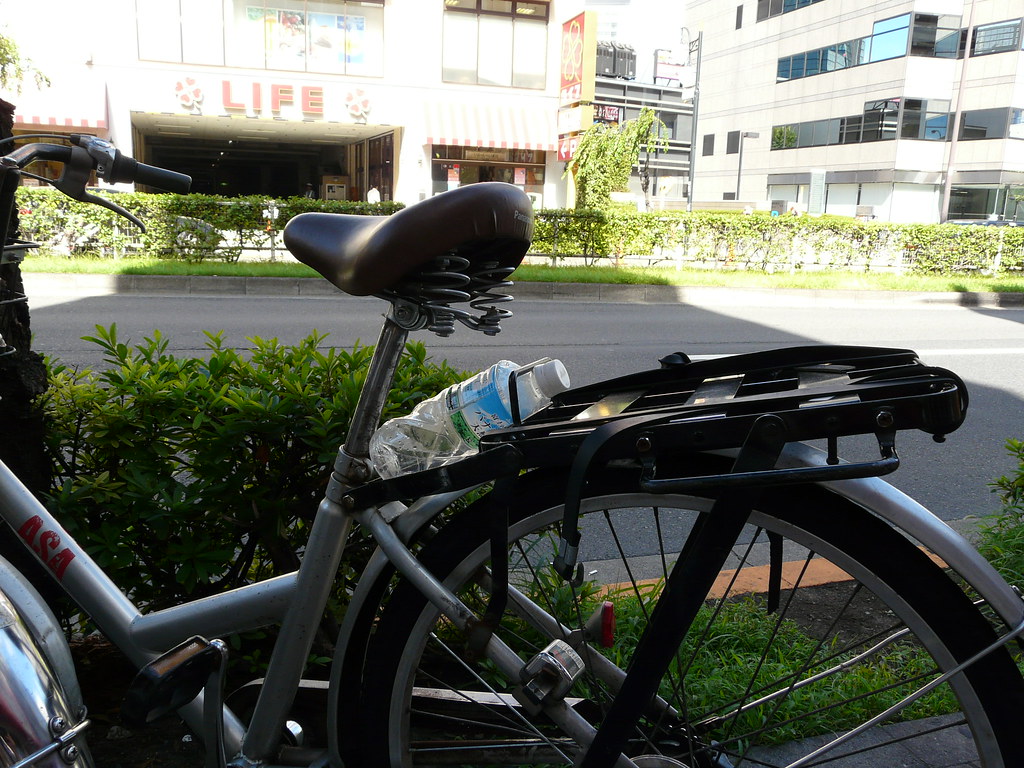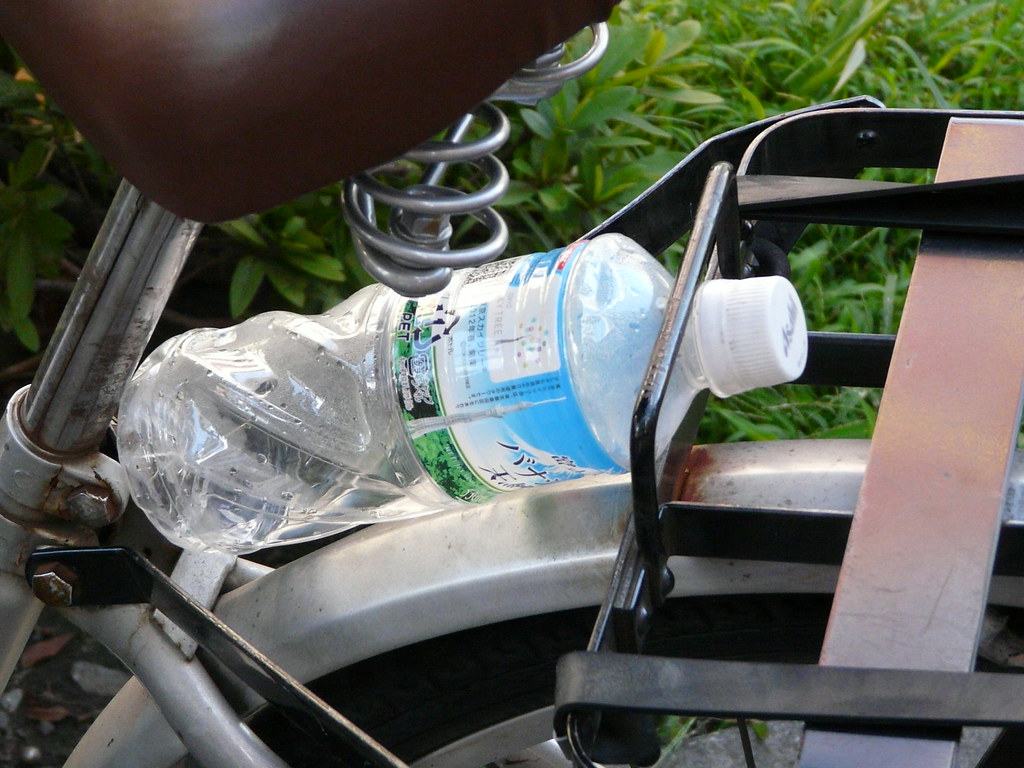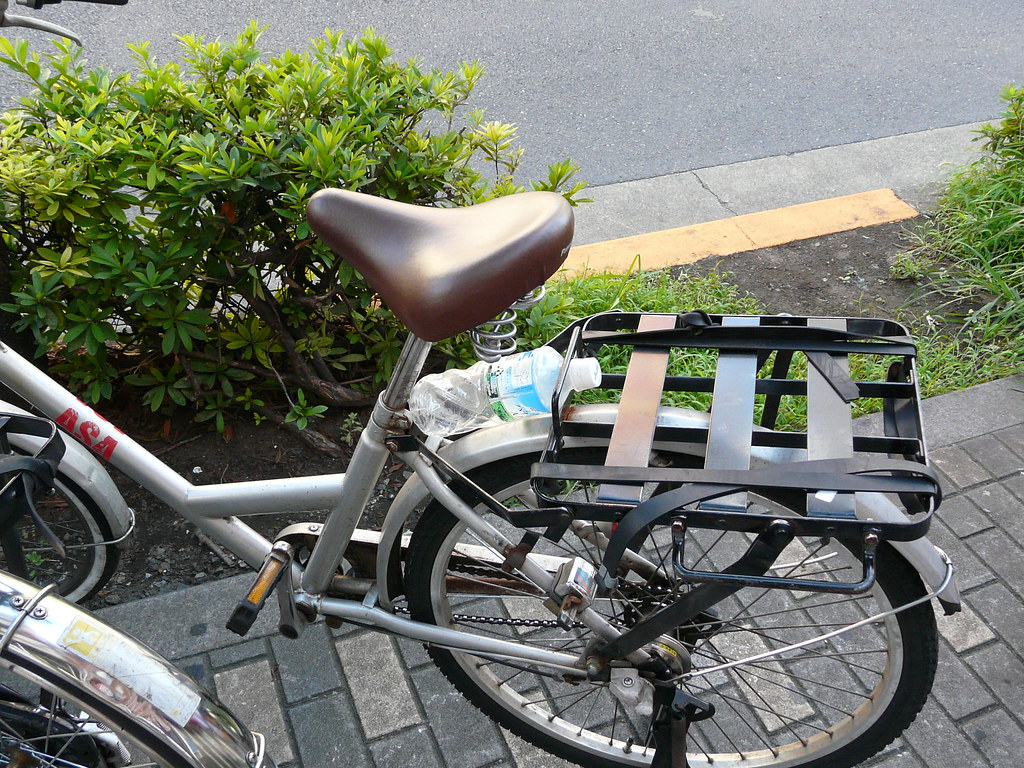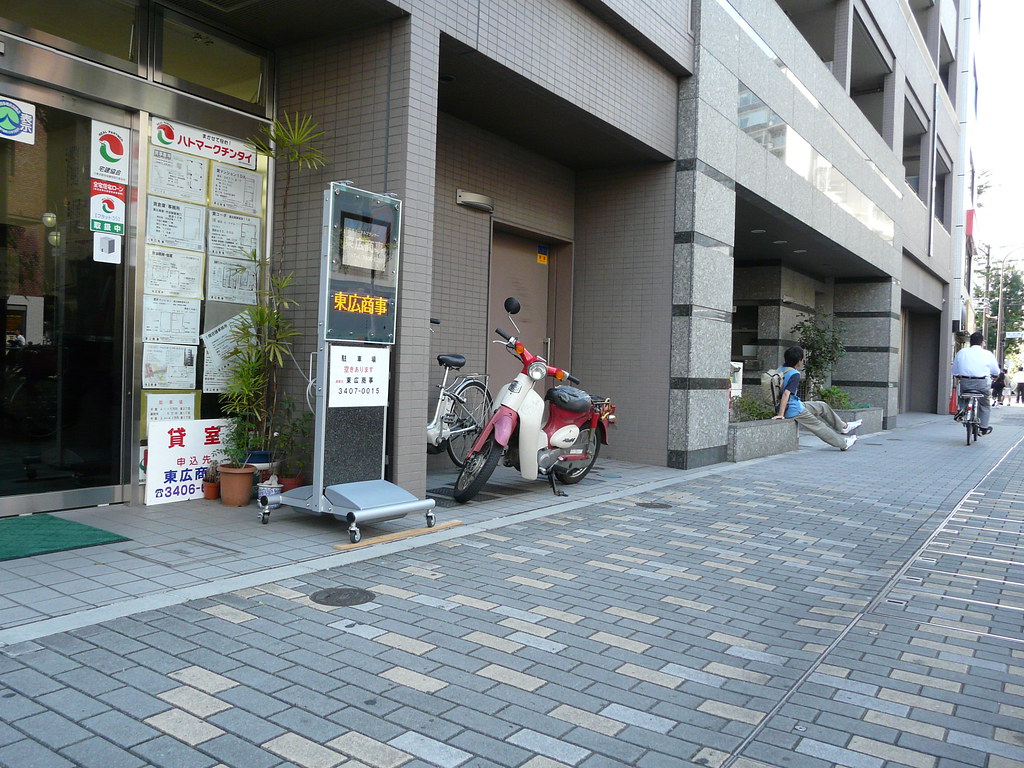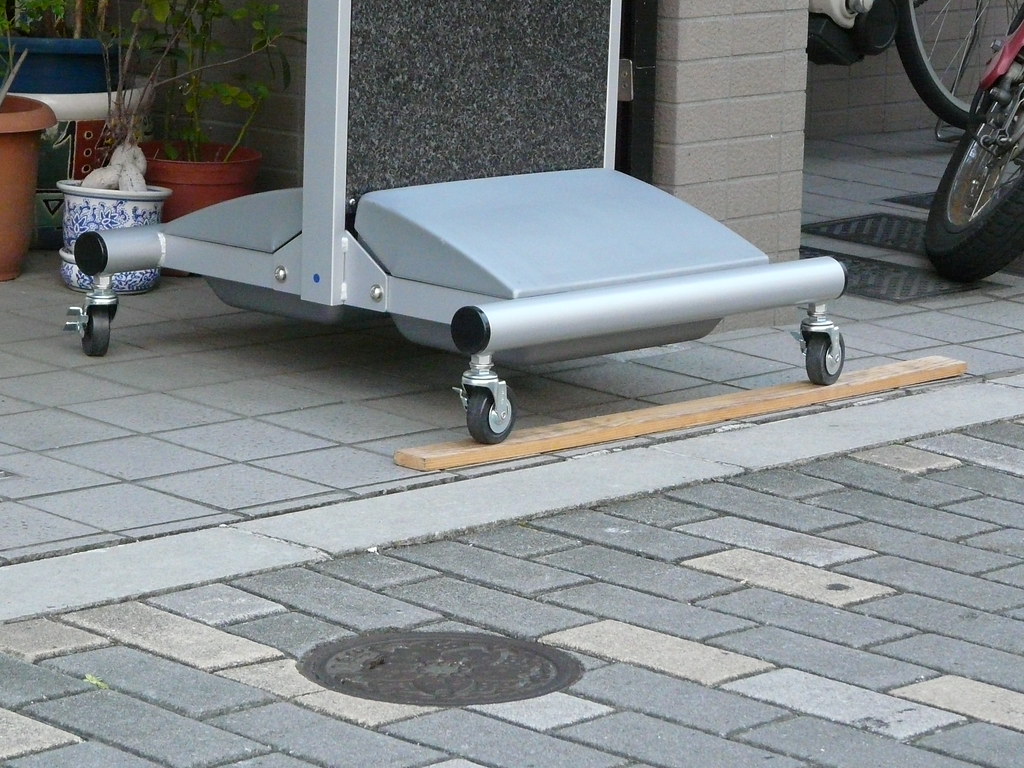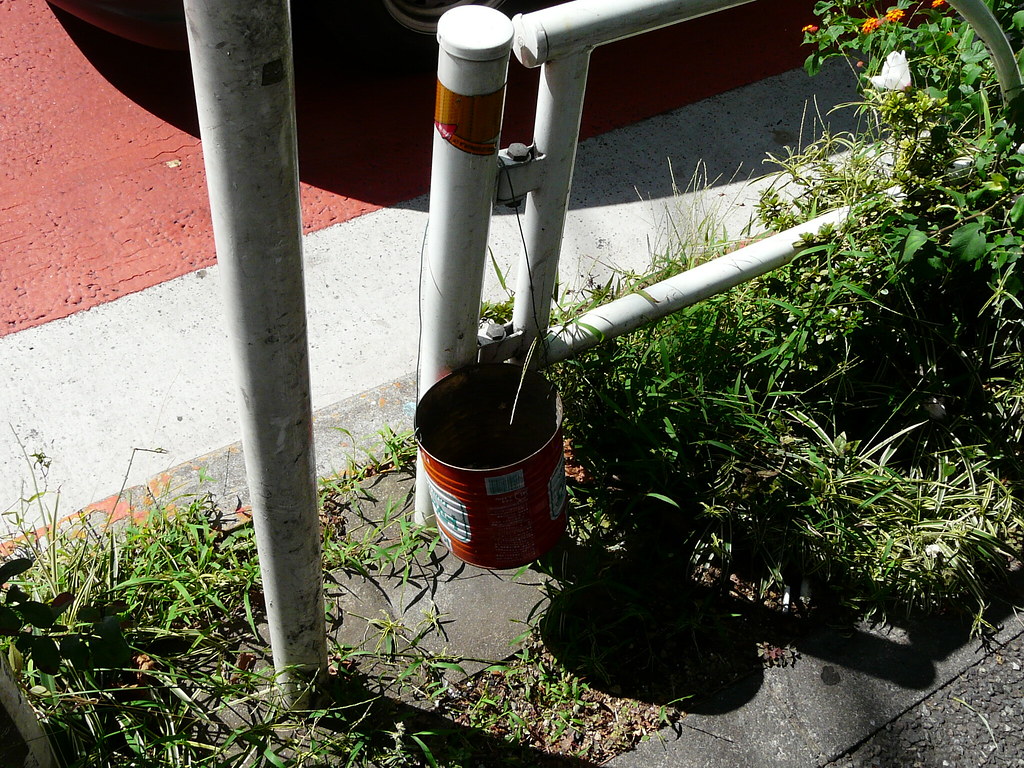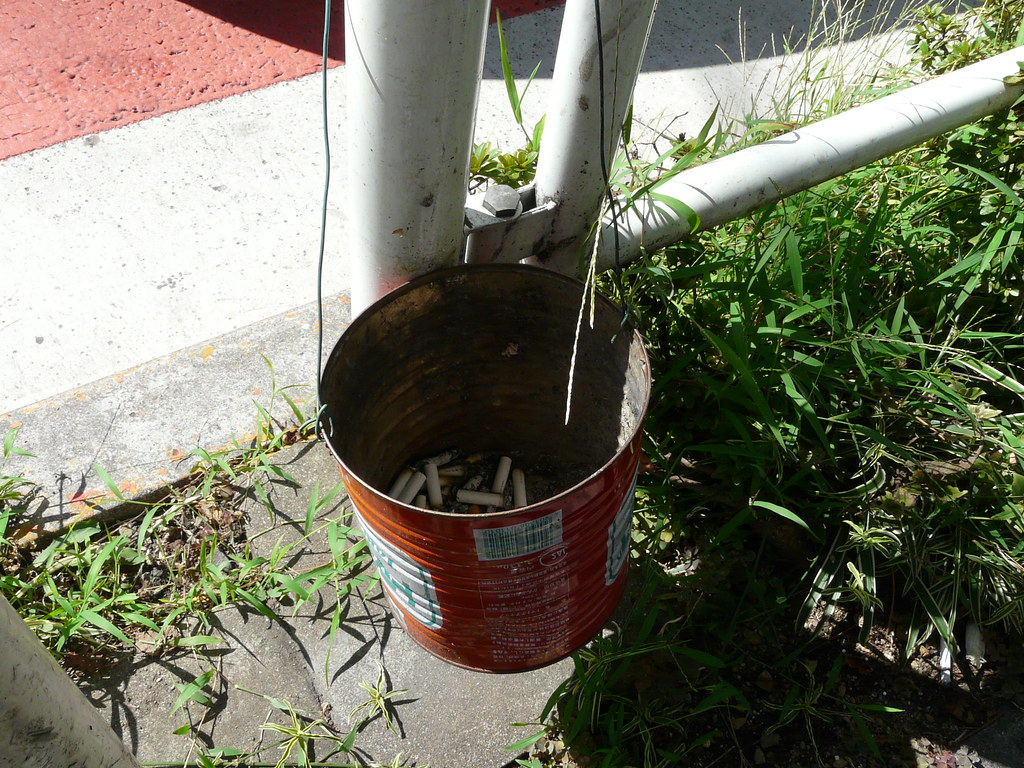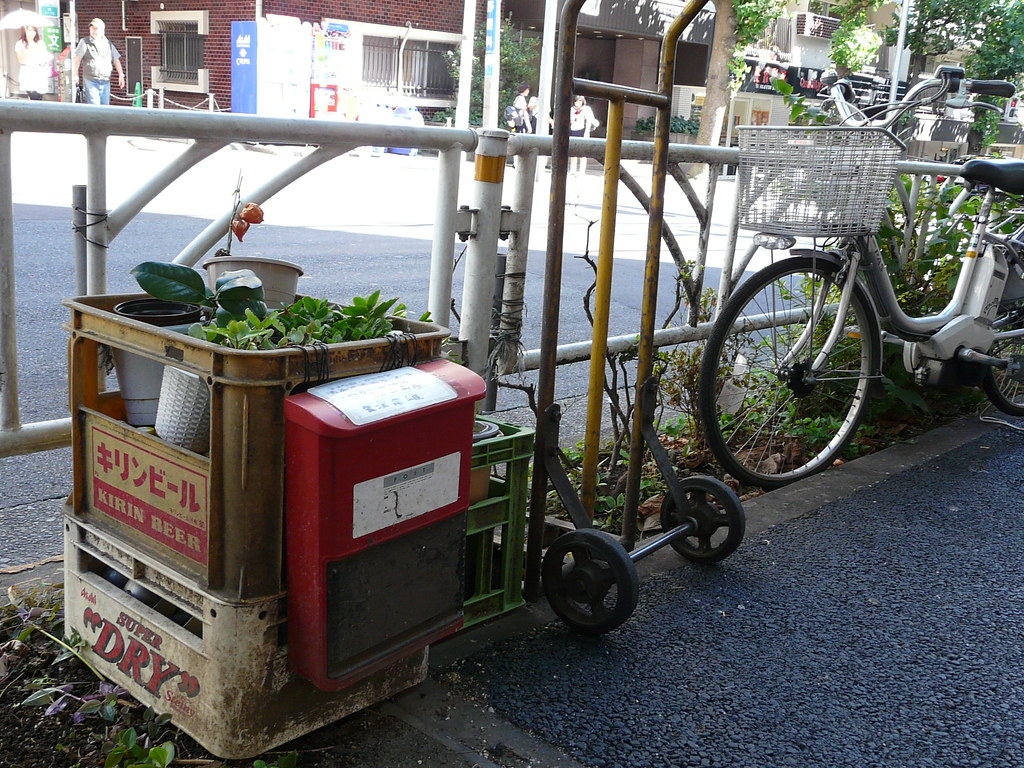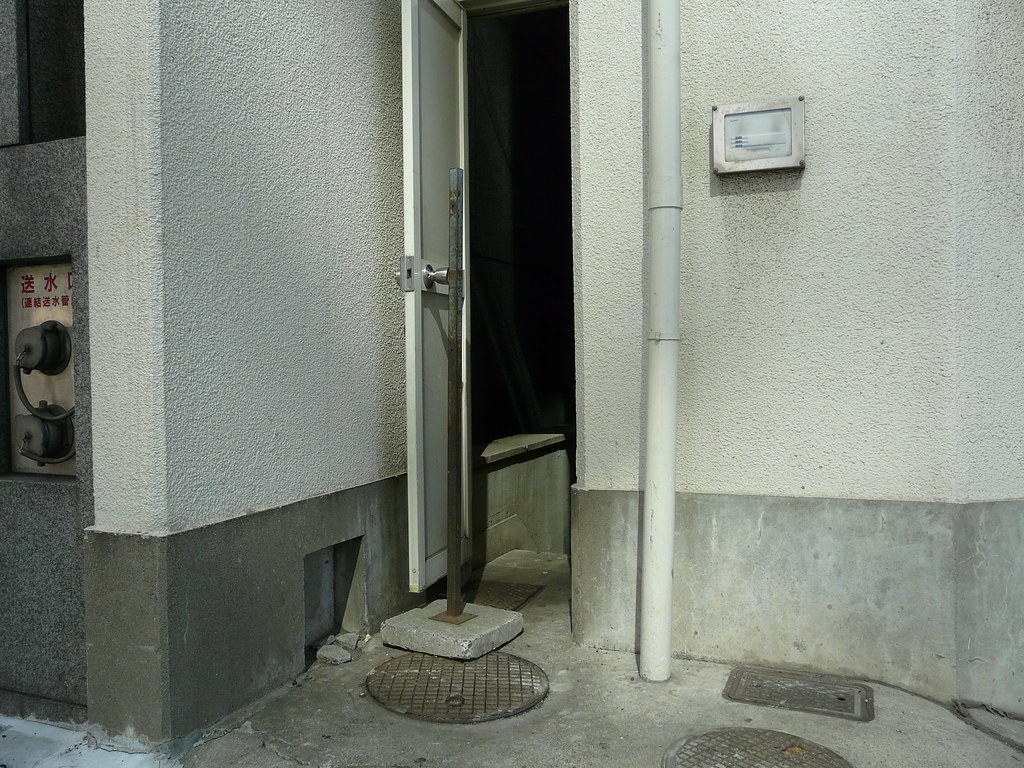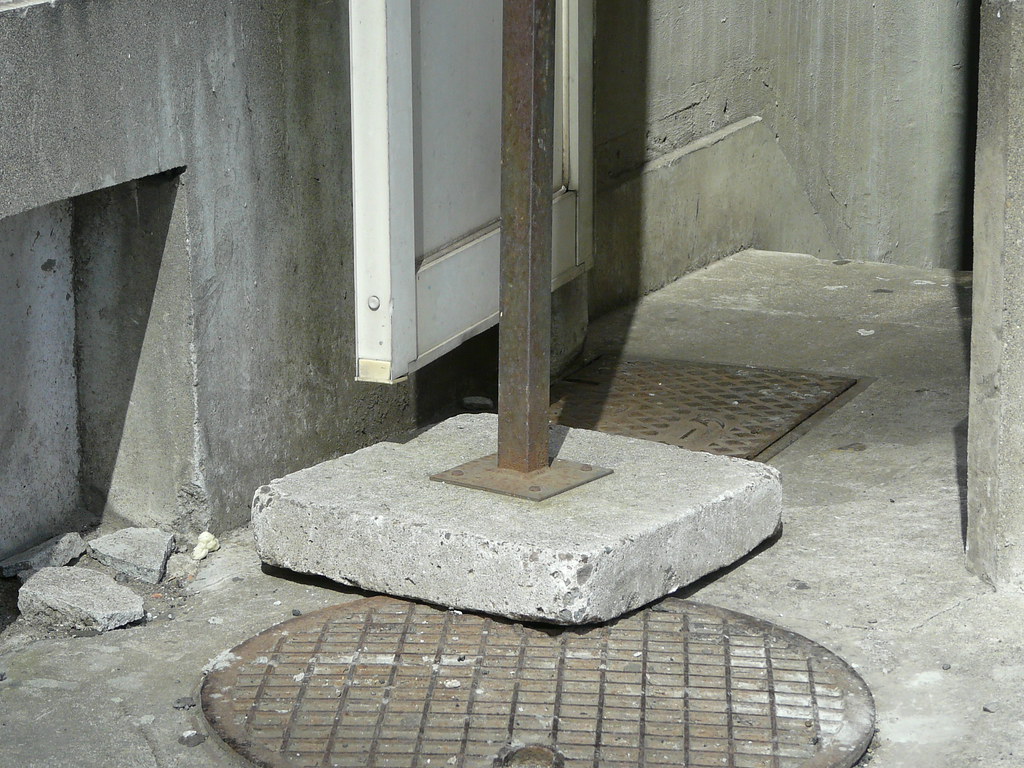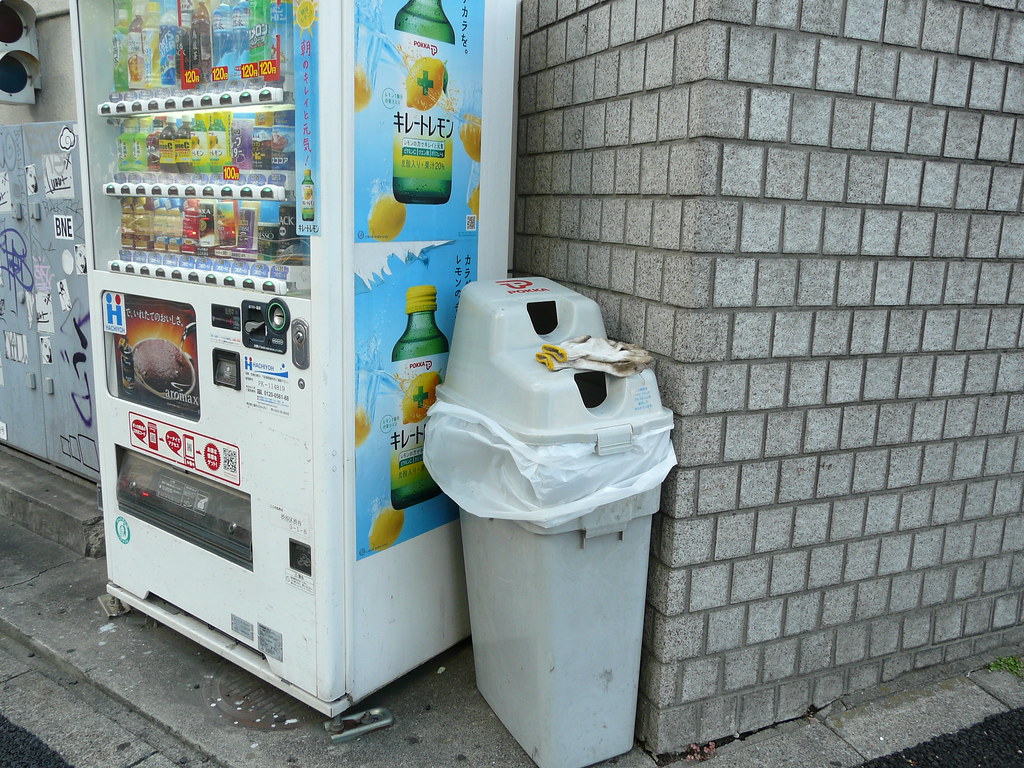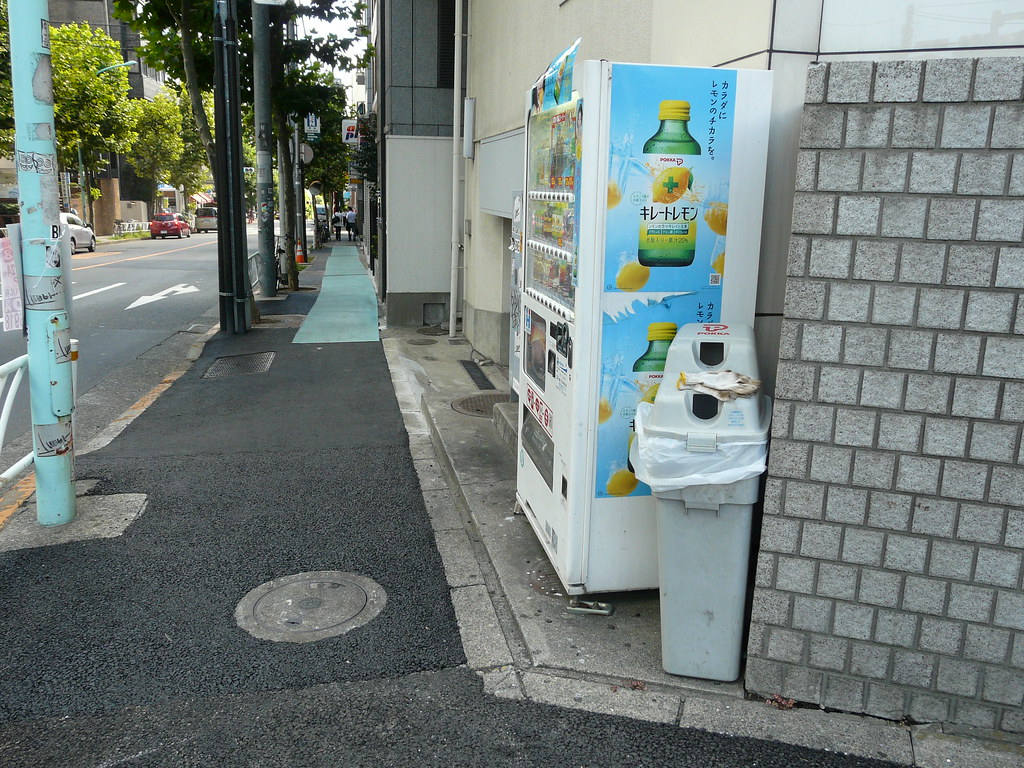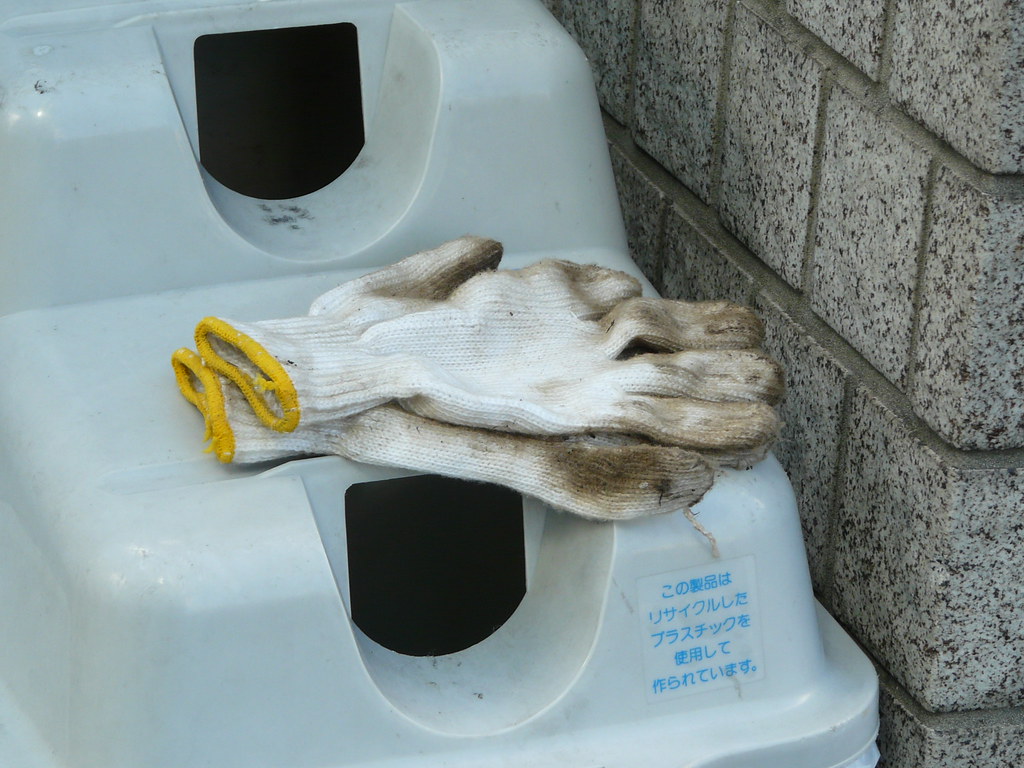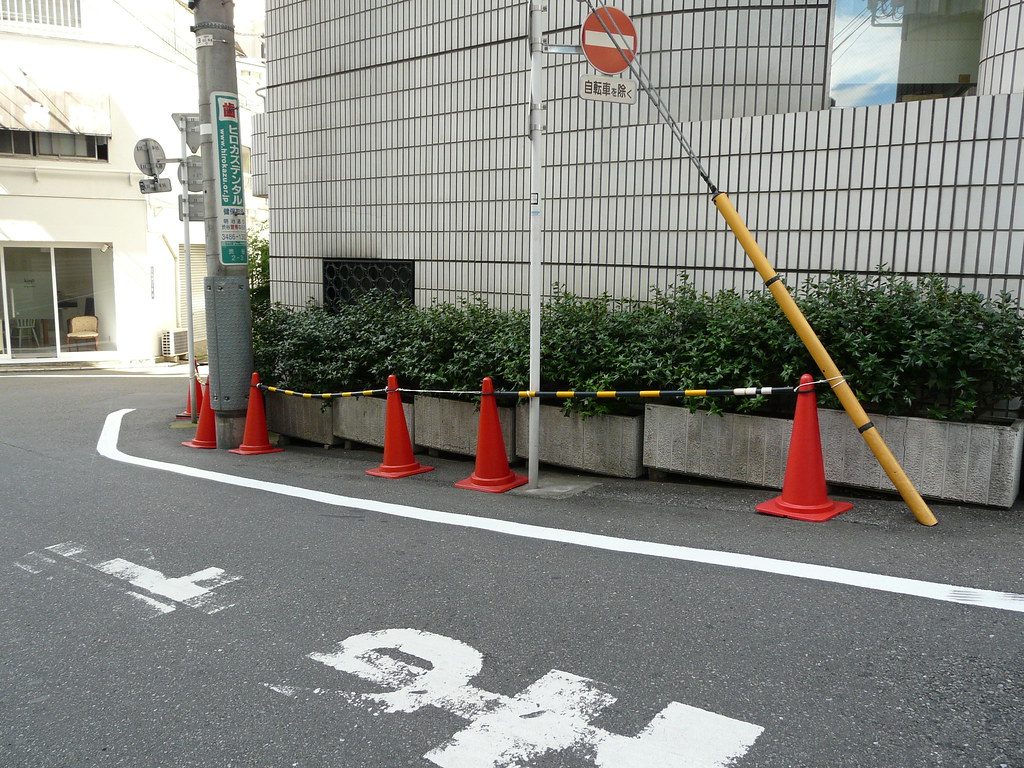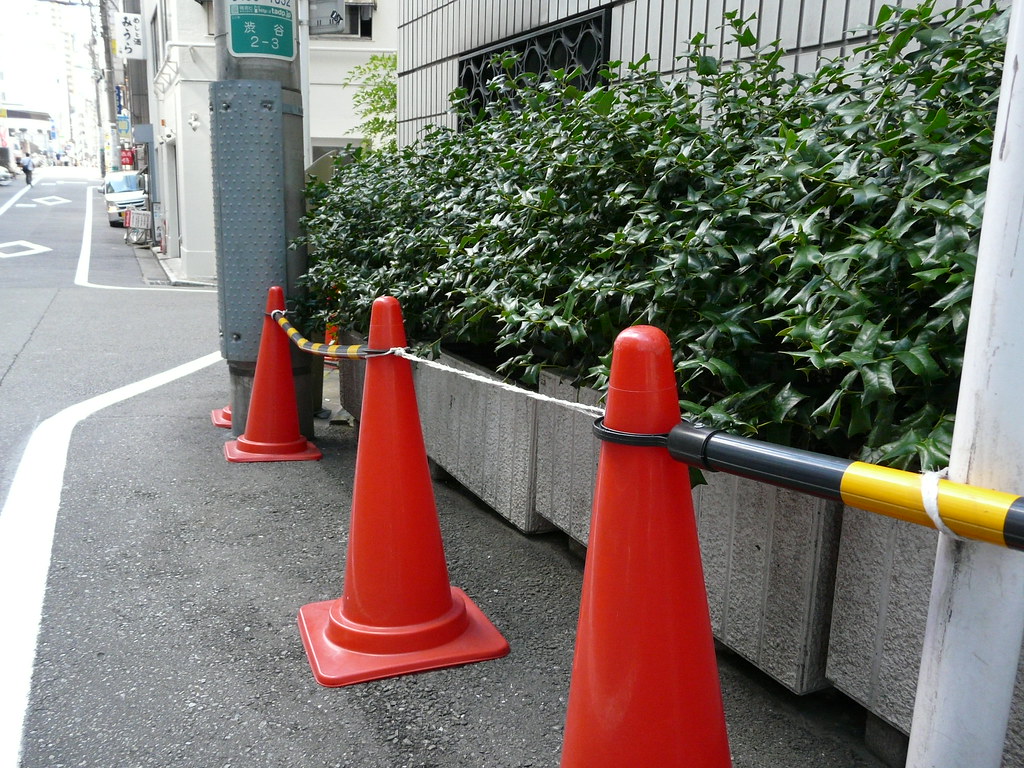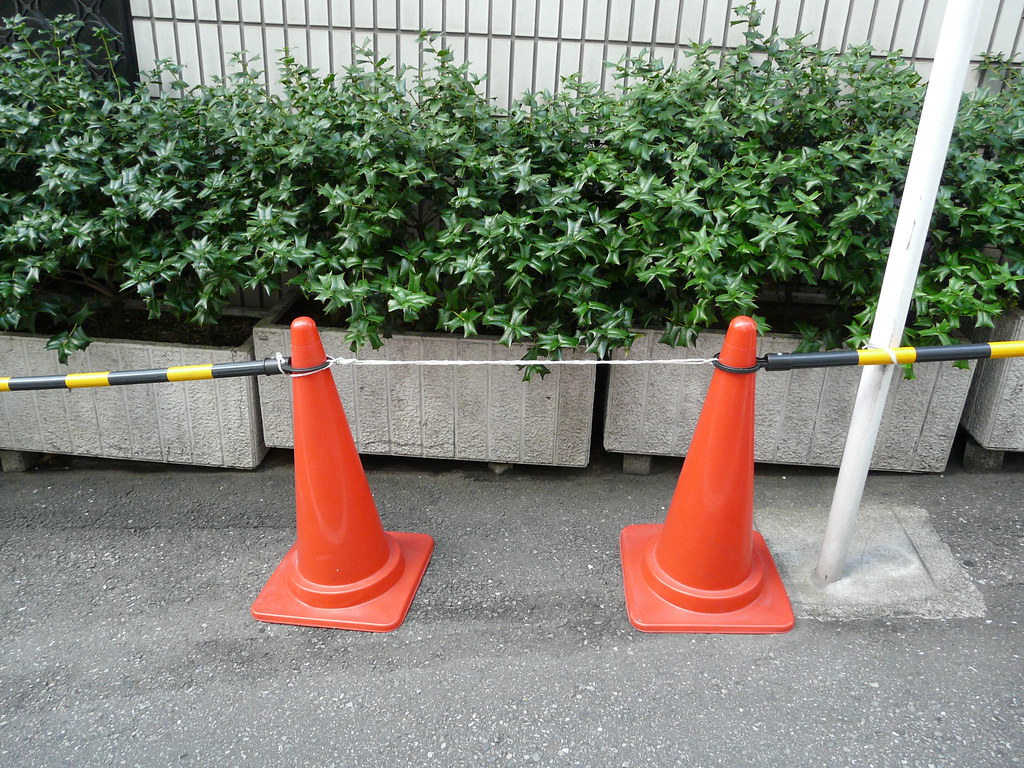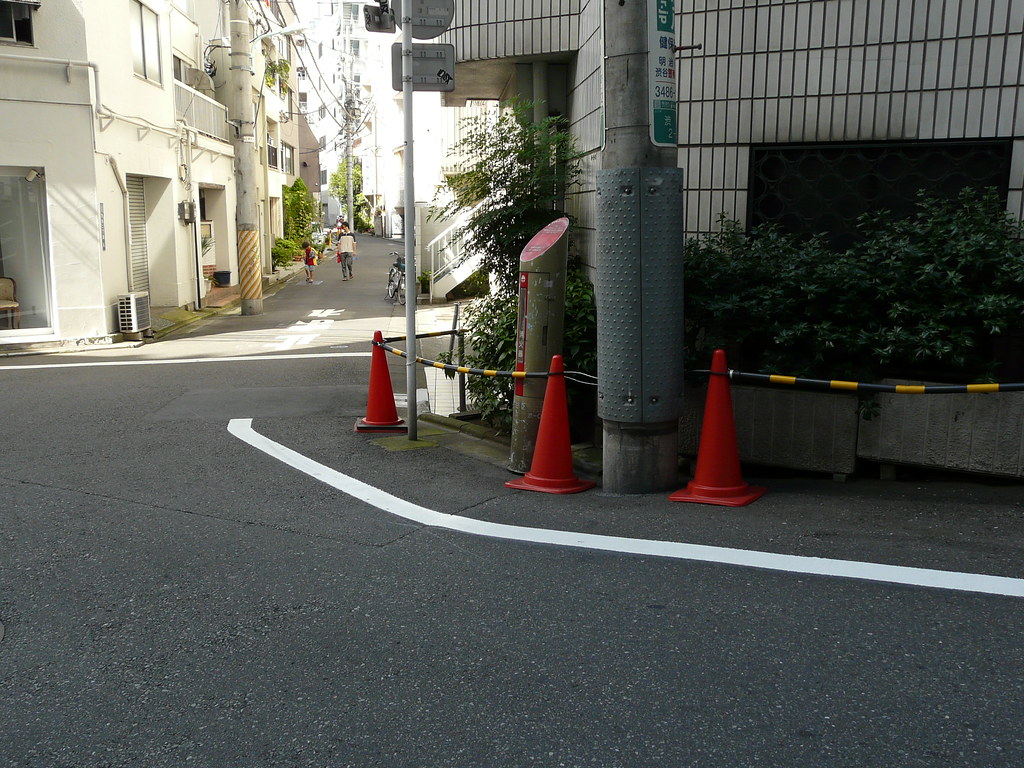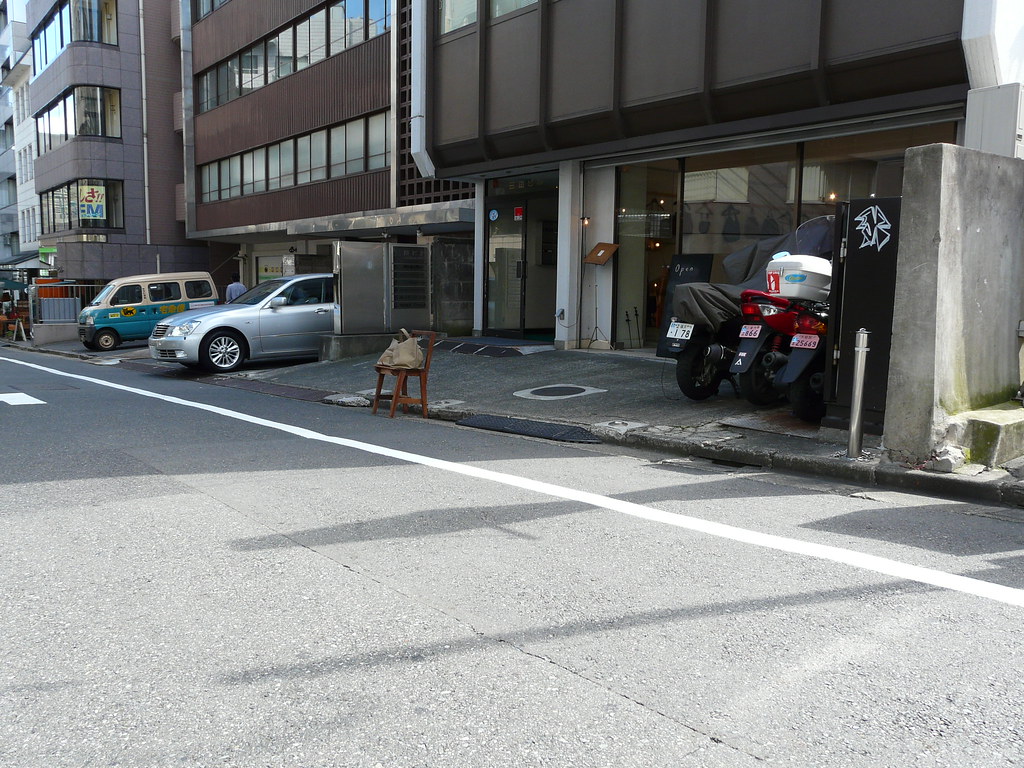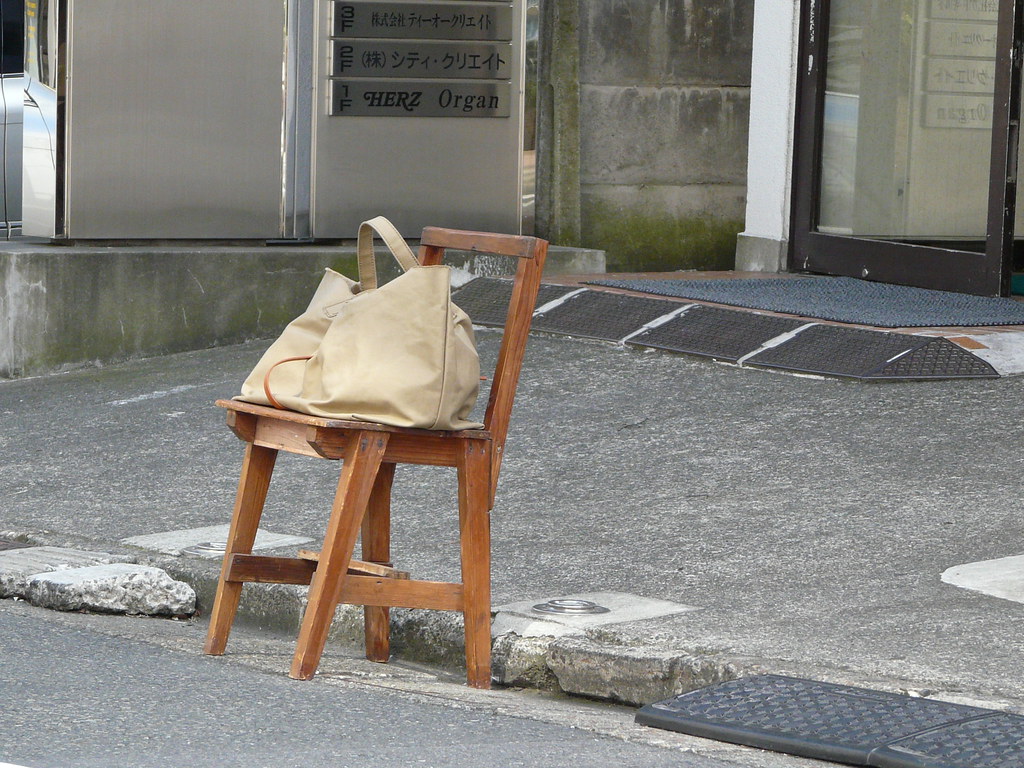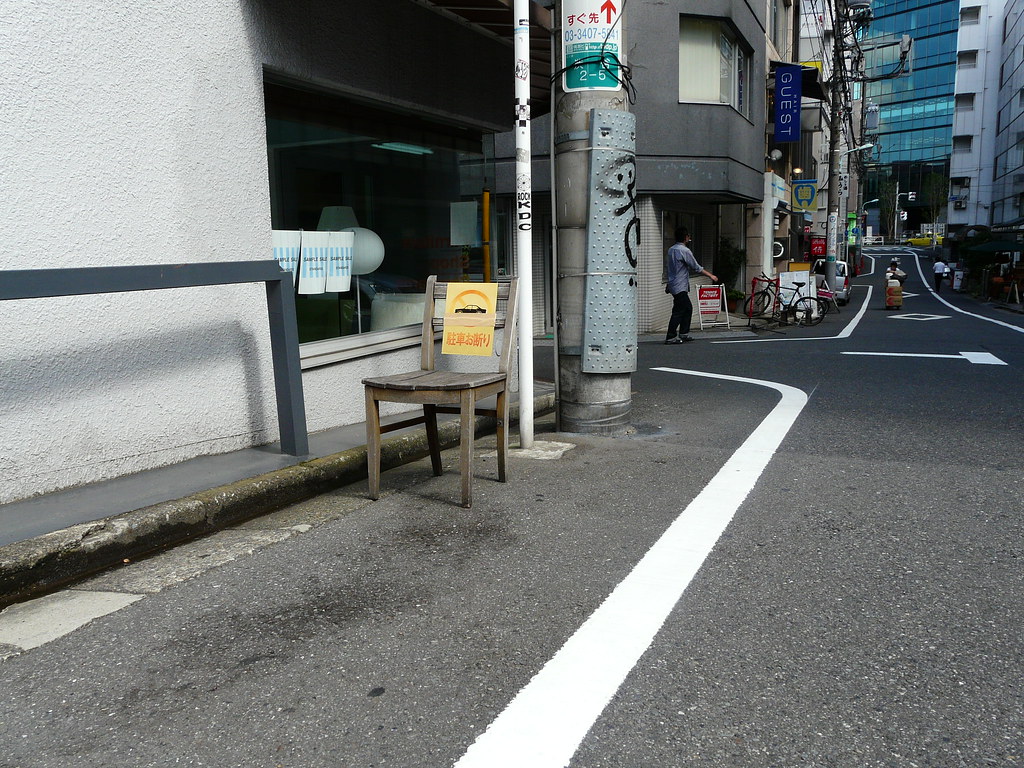Daily Realities, Love (Salingaros et al., 2010:67)
“…housing built by someone not involved in the world and daily realities of the resident would lack certain essential qualities. As a result, its inhabitants could never love the place.”
Salingaros, N., Brain, D., Duany, A.M., Mehaffy, M.W. & Philibert-Petit, E. 2010. Socially organized housing: a new approach to urban structure. In P2P Urbanism. Draft Version 3.0. Downloaded from http://zeta.math.utsa.edu/~yxk833/P2PURBANISM.pdf 08/12/2010
Control (Salingaros et al., 2010:67)
“….Individual housing units are exact copies of a single prototype. Control here is exercised by not allowing individual variations….”
Salingaros, N., Brain, D., Duany, A.M., Mehaffy, M.W. & Philibert-Petit, E. 2010. Socially organized housing: a new approach to urban structure. In P2P Urbanism. Draft Version 3.0. Downloaded from http://zeta.math.utsa.edu/~yxk833/P2PURBANISM.pdf 08/12/2010
Postal Garden
A very practical and compact construction comprising of beer crates filled with small pot plants and a letterbox wired to the front. Placed in front a small serving window style food shop/residence, this extension of function across the footpath looks like it is packed up at night with the use of a hand truck.
(Originally posted on Tokyo-DIY-Gardening)
Materials: Wire, Beer Crates
Location: Shibuya, Tokyo
A Basic Incompatibility (Salingaros et al., 2010:60-1)
“Here is a basic incompatibility: organic urban fabric is an extension of human biology, whereas planned construction is an artificial vision of the world imposed by the human mind on nature. The former is full of life but can be poor and unsanitary, whereas the latter is often clean and efficient but sterile.”
Salingaros, N., Brain, D., Duany, A.M., Mehaffy, M.W. & Philibert-Petit, E. 2010. Socially organized housing: a new approach to urban structure. In P2P Urbanism. Draft Version 3.0. Downloaded from http://zeta.math.utsa.edu/~yxk833/P2PURBANISM.pdf 08/12/2010
The Dominant Species (Salingaros et al., 2010:101)
“The organic urban paradigm has always been only marginally accepted by the powers-that-be, even though it represents the vast majority of currently built urban fabric. In the ecological analogy, unplanned owner-built housing is actually the dominant species, whereas in the minds of most people….it is assumed to be the minority species.”
Salingaros, N., Brain, D., Duany, A.M., Mehaffy, M.W. & Philibert-Petit, E. 2010. Socially organized housing: a new approach to urban structure. In P2P Urbanism. Draft Version 3.0. Downloaded from http://zeta.math.utsa.edu/~yxk833/P2PURBANISM.pdf 08/12/2010
Subtle Processes of Life (Salingaros, et al., 2010:100)
“That simple notion of “wealth” in reduced monetary market terms cannot distinguish between the subtle processes of life.”
Salingaros, N., Brain, D., Duany, A.M., Mehaffy, M.W. & Philibert-Petit, E. 2010. Socially organized housing: a new approach to urban structure. In P2P Urbanism. Draft Version 3.0. Downloaded from http://zeta.math.utsa.edu/~yxk833/P2PURBANISM.pdf 08/12/2010
Economies of Place (Salingaros et al., 2010:94)
“Banks, governments, and building companies are captivated by economies of scale, and are less sensitive to economies of place and of differentiation needed to repair a neighborhood. Wielding a blunt and relatively primitive economic instrument, they would prefer to wipe out the neighborhood and build it all over again. It is much less trouble, and less costly in crude monetary terms, to do this. But of course, the unsustainability of this lopsided economic model (and its terrible cost to society) is becoming painfully evident.”
Salingaros, N., Brain, D., Duany, A.M., Mehaffy, M.W. & Philibert-Petit, E. 2010. Socially organized housing: a new approach to urban structure. In P2P Urbanism. Draft Version 3.0. Downloaded from http://zeta.math.utsa.edu/~yxk833/P2PURBANISM.pdf 08/12/2010
Small Scale Interventions (Salingaros et al., 2010:94)
“…living urban fabric has to be maintained by an enormous number of small-scale interventions, which is an essential part of the process of organic repair.”
Salingaros, N., Brain, D., Duany, A.M., Mehaffy, M.W. & Philibert-Petit, E. 2010. Socially organized housing: a new approach to urban structure. In P2P Urbanism. Draft Version 3.0. Downloaded from http://zeta.math.utsa.edu/~yxk833/P2PURBANISM.pdf 08/12/2010
Adaptive Changes (Salingaros et al., 2010:84)
“We always come back to the competition between permanence and adaptability. Adaptive changes to form are akin to repair and self-healing in an organism, but are often misinterpreted as a degradation of the project. In fact, the geometry is trying to heal itself (through human action) after the imposition of unnatural, alien forms. This is a natural organic evolution, and should not be discouraged simply because it contradicts an architect’s “pure” vision of how people SHOULD live. We most emphatically condemn as inhuman the present practice of forbidding any modifications to social housing by their residents. Tied in to our suggestions for ownership, we uphold the fundamental right for an owner/resident to modify his/her dwelling to any extent withough impinging on the rights of neighbors or the public space.”
Salingaros, N., Brain, D., Duany, A.M., Mehaffy, M.W. & Philibert-Petit, E. 2010. Socially organized housing: a new approach to urban structure. In P2P Urbanism. Draft Version 3.0. Downloaded from http://zeta.math.utsa.edu/~yxk833/P2PURBANISM.pdf 08/12/2010

